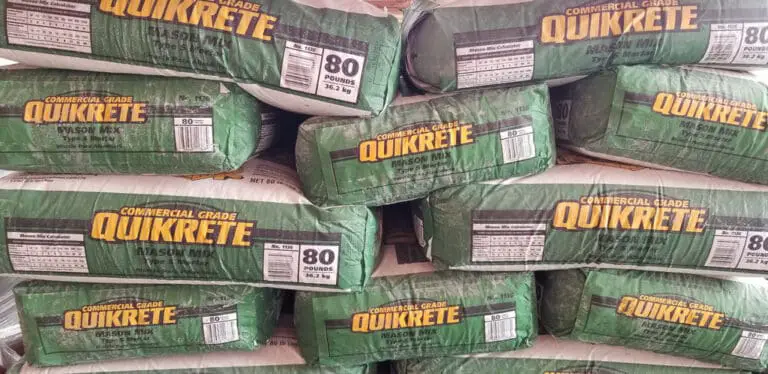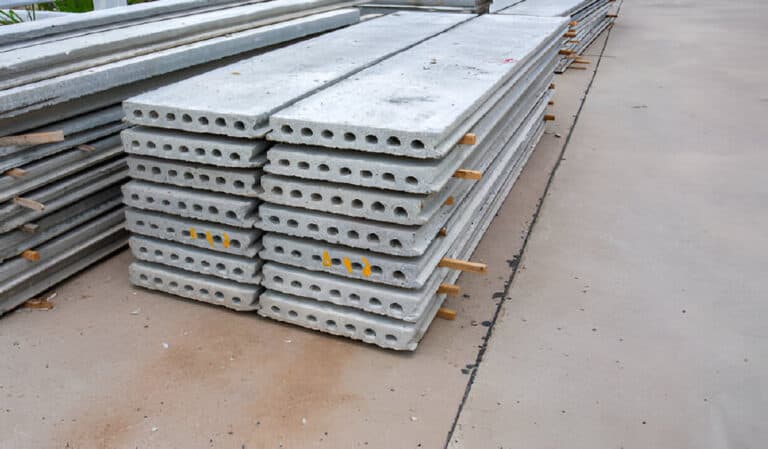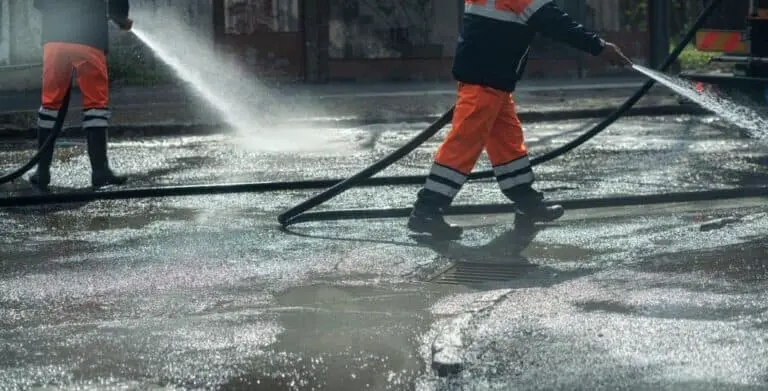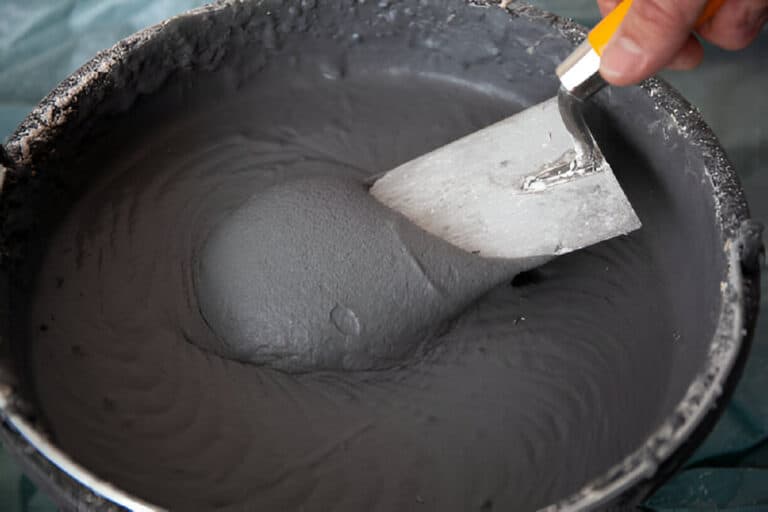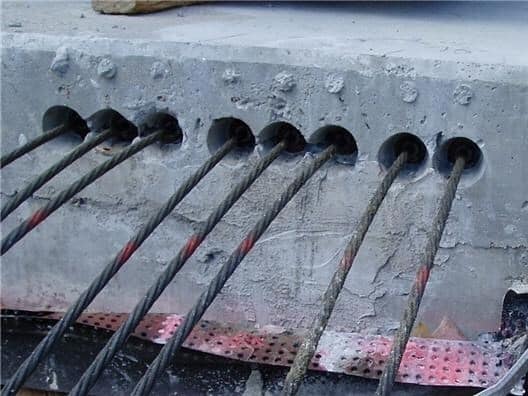How Do I Know if My Post Tension Cable Is Broken? Don’t Ignore the Warning Signs
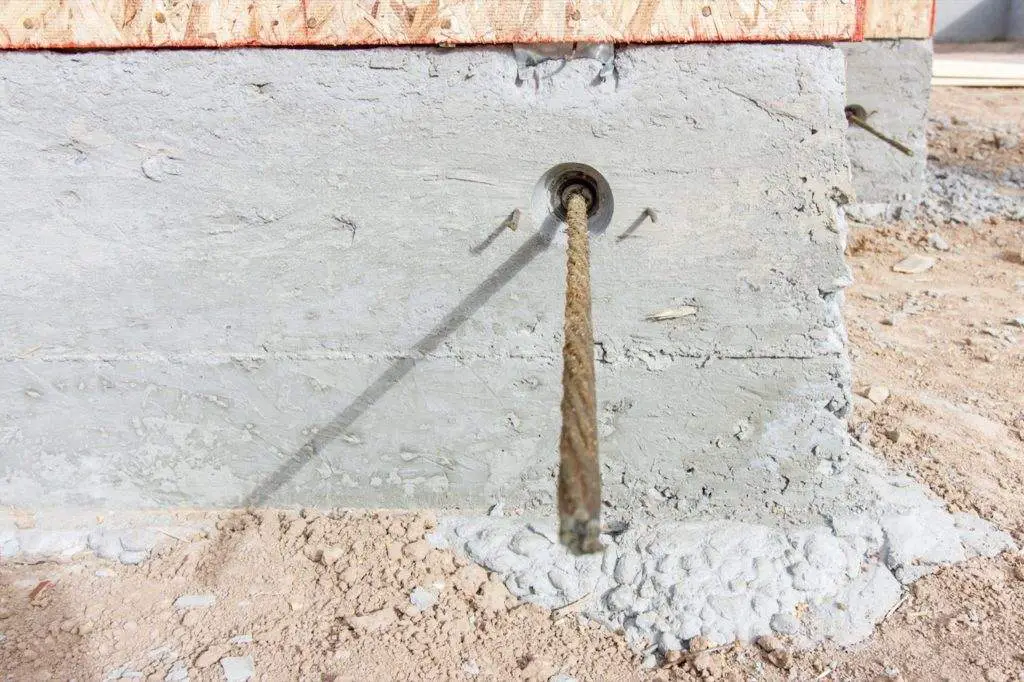
If you have post tension cables in your structure, it’s important to ensure they are in good condition. Post tension cables are an essential component in reinforced concrete construction, providing strength and stability to buildings and bridges.
Over time, these cables may deteriorate or break, compromising the integrity of the structure.
In this article, we will discuss how you can identify signs of a broken post tension cable and the importance of addressing the issue promptly. By understanding the signs and taking appropriate action, you can ensure the safety of your structure and prevent further damage.
Understanding Post Tension Cables
Before we delve into identifying broken post tension cables, let’s first understand what they are and how they function. Post tension cables are high-strength steel wires or strands that are placed under tension within concrete to enhance its load-bearing capacity. These cables are commonly used in large concrete structures to counteract the tensile forces that the concrete alone cannot handle.
The post tensioning process involves tensioning the cables after the concrete has been poured and has gained sufficient strength. This technique allows the concrete to withstand heavier loads and provides greater structural resilience. However, just like any other component of a building, post tension cables are subject to wear and tear, and they can potentially fail over time.
Signs of a Broken Post Tension Cable
Identifying a broken post tension cable can be challenging, as these cables are typically embedded within the structure and are not visible. However, certain signs can indicate a problem with the cables. Here are some key indicators to watch out for:
1. Unusual Sounds or Vibrations
If you notice strange sounds, such as creaking or popping, coming from your structure, it could be a sign of a broken post tension cable. Additionally, if you feel vibrations that are unusual or more pronounced than usual, it’s worth investigating further.
2. Cracks in the Structure
Cracks in the concrete structure can be a visible indication of a problem with the post tension cables. These cracks may appear near areas where the cables are located. It’s important to note that not all cracks indicate a broken cable, but they should be inspected by a qualified professional to rule out any potential issues.
3. Sagging or Deflection
If you observe sagging or noticeable deflection in beams, slabs, or other structural elements, it could be a sign that a post tension cable has failed. This is particularly evident when the deflection is uneven or more pronounced in certain areas.
4. Excessive Moisture or Corrosion
Post tension cables are typically protected by a layer of grout or other corrosion-resistant materials. However, if you notice signs of excessive moisture or corrosion around the cable anchorage points or along the cable path, it could indicate a cable failure. Corrosion can weaken the cables and compromise their structural integrity.
5. Changes in Appearance
Pay attention to any visible changes in the appearance of the structure. This includes bulges, depressions, or irregularities in the concrete surface. Such changes may suggest a problem with the post tension cables.
Non-Destructive Testing Methods
Non-destructive testing methods can provide further insights into the condition of post tension cables without causing damage to the structure. Common non-destructive techniques include:
| Testing Method | Description |
| Ground Penetrating Radar (GPR) | Uses electromagnetic waves to detect variations in material composition and identify potential cable issues. |
| Ultrasonic Testing | Utilizes high-frequency sound waves to detect internal defects or voids within post tension cables. |
| Magnetic Particle Inspection | Involves applying a magnetic field and magnetic particles to detect surface and near-surface defects. |
Destructive Testing Methods
In some cases, destructive testing may be necessary to assess the condition of post tension cables. These methods involve removing a sample of the cable for laboratory analysis. Common destructive testing methods include:
- Core Sampling: Involves extracting a small portion of the post tension cable from the structure for laboratory examination.
- Laboratory Analysis: The sample obtained through core sampling is analyzed in a specialized laboratory to determine its structural integrity and any signs of degradation.
Preventive Measures for Post Tension Cable Maintenance
To prevent post tension cable failure, regular maintenance is crucial. Here are some preventive measures you can take:
- Scheduled Inspections: Establish a routine inspection schedule to assess the condition of post tension cables. Consult with a professional to determine the appropriate frequency based on the age and usage of the structure.
- Visual Monitoring: Conduct regular visual inspections, looking for any visible signs of damage, such as cracks, corrosion, or deformations. Document your findings and compare them to previous inspections to identify any changes or potential issues.
- Moisture Control: Keep the structure properly waterproofed and protected from excessive moisture. Moisture can accelerate the deterioration of post tension cables, leading to corrosion and weakening of the structure.
- Maintain Proper Tension: Regularly check and adjust the tension of post tension cables as recommended by the manufacturer or a qualified professional. Proper tension ensures the cables function optimally and reduces the risk of breakage.
- Address Maintenance Issues Promptly: If any issues or abnormalities are discovered during inspections, take immediate action to address them. Timely repairs can prevent further damage and ensure the integrity of the post tension cables.
- Follow Manufacturer Guidelines: Adhere to the manufacturer’s guidelines for maintenance and care of post tension cables. These guidelines provide valuable information on inspection intervals, maintenance procedures, and recommended products for preserving the cables’ longevity.
- Training and Education: Stay informed about post tension cable maintenance practices and advancements in the industry. Attend training programs or workshops to enhance your knowledge and ensure you are employing the most effective maintenance techniques.
By implementing these preventive measures, you can prolong the lifespan of post tension cables, mitigate the risk of cable failure, and maintain the structural integrity of your building.
Conclusion
Identifying a broken post tension cable requires careful observation and an understanding of the signs to look out for. Unusual sounds or vibrations, cracks in the structure, sagging or deflection, excessive moisture or corrosion, and changes in appearance are all potential indicators of a broken cable.
However, it’s important to note that these signs alone may not definitively confirm a cable failure. Consulting with a professional is crucial to assess the situation accurately.
Addressing a broken post tension cable is vital to maintain the structural integrity and safety of your building or bridge. A broken cable comprises the load-bearing capacity and stability of the structure, putting it at risk of further damage or even collapse. Taking immediate action by involving a qualified structural engineer or professional contractor is essential.
Upon discovering a broken post tension cable, a qualified professional will conduct a thorough inspection. This inspection may involve non-destructive testing techniques, such as visual examinations, sounding, or even the use of specialized equipment like ground-penetrating radar. Through this evaluation, they will determine the extent of the damage and develop an appropriate repair strategy.
The repair process for a broken post tension cable will depend on various factors, including the location and severity of the damage. In some cases, it may be possible to repair the cable by applying additional tension or reinforcing the affected section. In other instances, it may be necessary to replace the entire cable to ensure the structural integrity of the system. A qualified professional will provide the most suitable solution based on their assessment.
Preventive measures are also crucial in maintaining the health of post tension cables. Regular inspections, preferably conducted by professionals, can help identify any signs of deterioration or potential issues before they escalate. These inspections should be performed according to industry standards and guidelines to ensure the reliability and safety of the structure.
FAQs
Can I visually inspect post tension cables myself, or do I need a professional?
It is advisable to consult a professional for a thorough inspection, as they have the expertise to identify subtle signs of damage that may be missed by an untrained eye.
Is it possible for post tension cables to break without showing any visible signs?
Yes, internal damage to post tension cables may not be visible. That’s why additional testing methods, such as non-destructive testing, are valuable for comprehensive assessments of the cables’ condition.
How long do post tension cables typically last before they need repair or replacement?
The lifespan of post tension cables can vary depending on factors such as the quality of materials used, environmental conditions, and maintenance practices. On average, post tension cables can last 30 to 50 years, but regular inspections and maintenance can help prolong their lifespan.
Are there any specific maintenance measures I can take to prevent post tension cable failure?
Yes, besides regular inspections, you can implement measures like moisture control, maintaining proper tension, and addressing maintenance issues promptly. Following manufacturer guidelines and staying informed about best practices are also essential.
Are there any regulations or standards regarding post tension cable inspection and maintenance?
Yes, various industry organizations and building codes provide guidelines and standards for post tension cable inspection and maintenance. These include the American Concrete Institute (ACI) and local building codes specific to your region. Consult with professionals familiar with these standards to ensure compliance.
Will insurance cover the costs of repairing a broken post tension cable?
Insurance coverage for post tension cable repairs may vary depending on your policy and the circumstances surrounding the damage. Review your insurance policy and consult with your insurance provider to determine the extent of coverage and any requirements for filing a claim.
How quickly should I take action if I suspect a post tension cable is broken?
It is essential to act promptly if you suspect a post tension cable is broken. Contact a professional structural engineer or a qualified expert immediately to assess the situation and recommend appropriate actions. Timely intervention can prevent further damage and ensure the safety of the structure.

